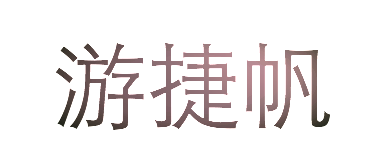Music of Georg Friedrich Haas, Ann Cleare, Ruth Crawford Seeger and Béla Bartók
Suggested Donation: $20, $10 for students/seniors
Program:
Ruth Crawford Seeger - Andante (1931) for string orchestra (from string quartet)
Béla Bartók - Divertimento (1939) for string orchestra
Ann Cleare - eyam i (it takes an ocean not to) (2009-13); Carol McGonnell, clarinet
Georg Friedrich Haas - catch as catch can (2018 ); Michael Katz, cello; Steven Beck, piano; Carol McGonnell, clarinet
After a year of online performances, Argento is thrilled to return to the concert stage and perform in the flesh to a live audience. Author George Grella wrote "Being together for live music increases social bonds among all at hand, musicians and audiences, and that both enhances the vitality of the music making in a positive feedback loop and creates the deep and unpredictable alchemy of a live performance. The point of being present, live, is to not just hear something but feel something."
Ruth Crawford Seeger wrote her most famous work, her string quartet in 1931, specifying that the 3rd movement, an Andante, can be performed by a string orchestra as well. This movement is structured on a repeating inhalation/exhalation gesture.
Bartók’s Divertimento for Strings, was written as a true concert piece for pleasure (literally “divertimento”) for Paul Sacher, but have Bartók’s characteristic rigor and depth. Argento performs a version for 15 strings. The outer movements burst with rhythmic energy and virtuosity, contrasting with the meditative atmosphere of the other works on the program.
The featured work on the program is a recent work (2018) by Georg Friedrich Haas entitled catch as catch can, written for Trio Catch. This work embodies Haas’ sonorous microtonal world through the resonances of the piano, played by Ning Yu, coupled with timbres from clarinet, basset horn, bass clarinet, played by Carol McGonnell and cello, performed by Michael Katz.
The concert ends with, eyam I (2009-2013) for Argento’s clarinettist, Carol McGonnell, by fellow Irish artist, composer Ann Cleare. Eyam is a small village in Derbyshire, England, that responded to the discovery of a plague there in 1665, by shutting down its borders and isolating, rather than letting the infection spread. The piece deals with isolation and infiltration.




